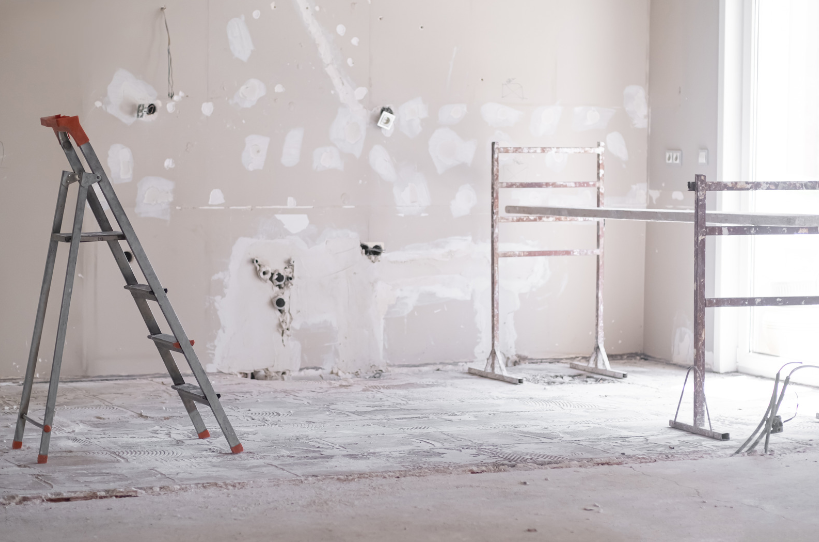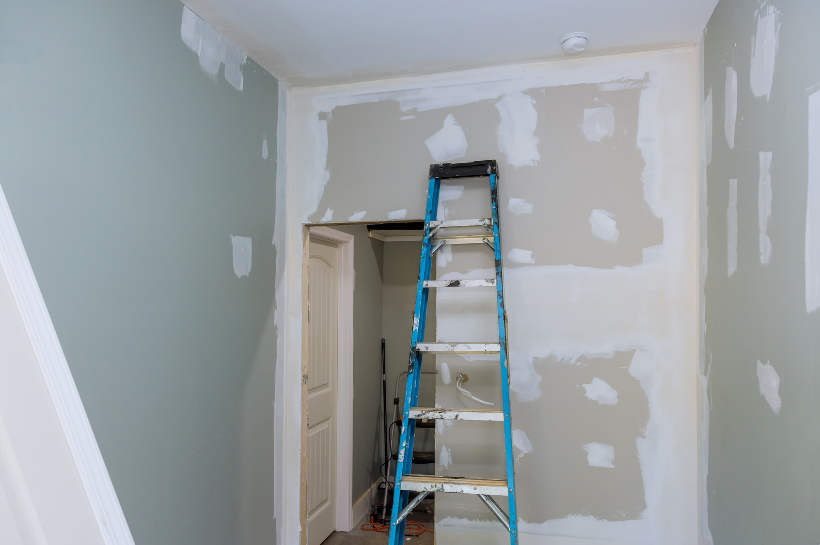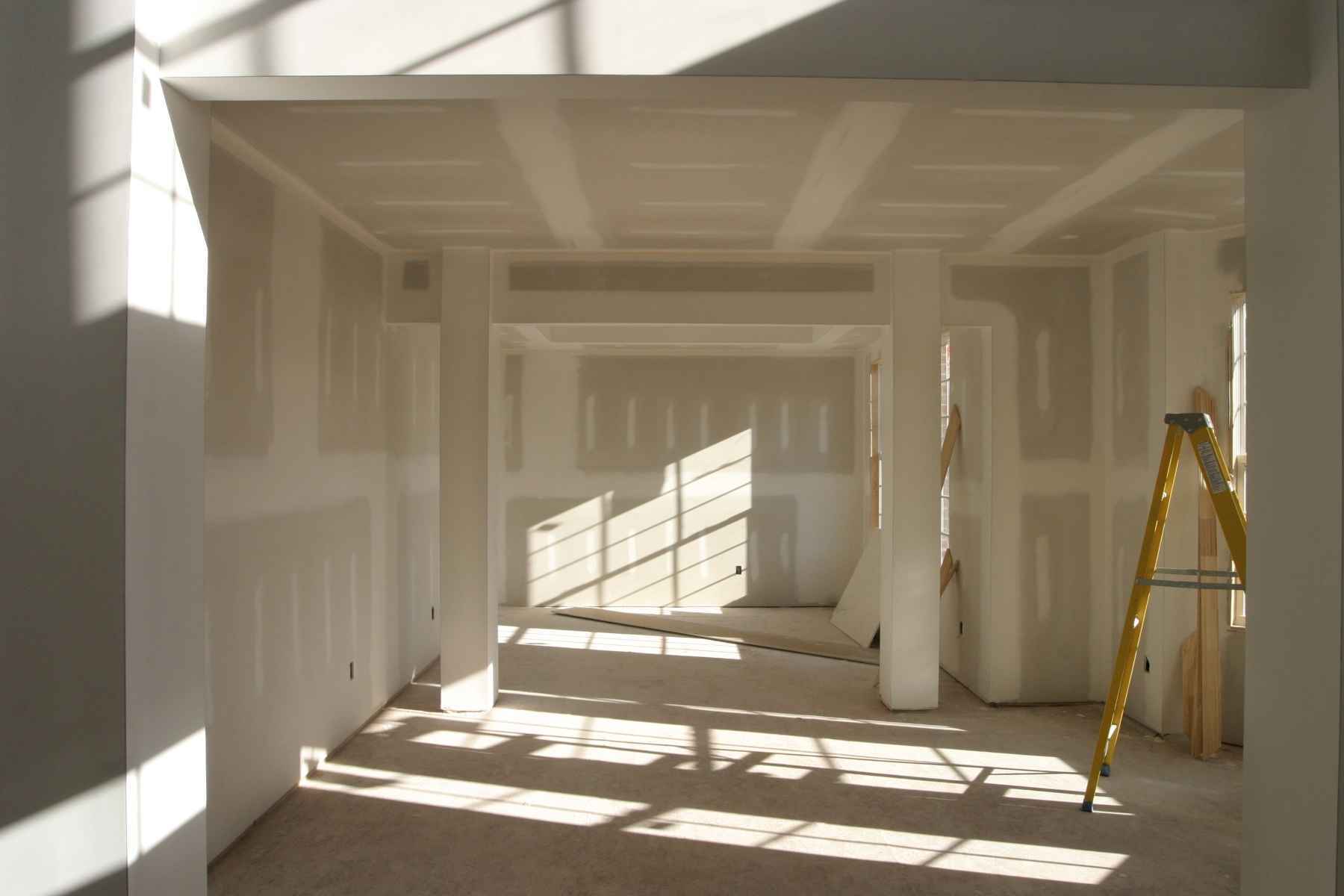The Pros and Cons of Drywall vs. Other Wall Materials
When it comes to building or renovating a home, one of the crucial decisions homeowners face is choosing the right materials for their walls. While drywall is the most popular choice in modern homes, it's not the only contender. In this guide, we'll delve into the pros and cons of drywall versus other wall materials, helping you make an informed decision for your next project.
Drywall: The Standard Choice
Pros:
- Affordability: Drywall is generally more affordable compared to many other wall materials, making it a budget-friendly option for homeowners.
- Easy Installation: Drywall installation is relatively quick and straightforward, especially when compared to alternatives like plaster or brick. This can save both time and labor costs during construction or renovation.
- Versatility: Drywall can be easily painted, textured, or decorated to match any interior design style, offering homeowners flexibility in customization.
- Fire Resistance: Most drywall products are designed to be fire-resistant, adding a layer of safety to your home.
Cons:
- Prone to Damage: Drywall is susceptible to dents, cracks, and water damage, requiring repairs or replacement, especially in areas prone to moisture.
- Lack of Durability: While drywall is adequate for most interior walls, it may not withstand heavy impacts or structural stresses as well as materials like concrete or brick.
- Limited Insulation: Drywall alone provides minimal insulation against sound and temperature fluctuations, necessitating additional insulation materials for improved energy efficiency.
Alternatives to Drywall
Plaster:
Pros:
- Durability: Plaster walls are highly durable and resistant to dents and scratches, offering long-term structural integrity.
Cons:
- Cost: Plaster installation is typically more expensive than drywall due to labor-intensive application techniques.
Brick:
Pros:
- Strength: Brick walls provide excellent structural strength and can withstand extreme weather conditions.
- Insulation: Bricks offer natural thermal insulation, helping regulate indoor temperatures and reduce energy costs.
Cons:
- Expense: Brick construction is costly, both in terms of materials and labor.
- Time-Consuming: Building brick walls is a time-consuming process, extending the overall construction timeline.
Wood Paneling:
Pros:
- Aesthetic Appeal: Wood paneling adds warmth and character to interior spaces, enhancing visual appeal.
- Insulation: Depending on the type of wood, paneling can offer decent insulation properties.
Cons:
- Maintenance: Wood paneling requires regular maintenance, including sealing and refinishing, to preserve its appearance and prevent moisture damage.
- Cost: Quality wood paneling can be expensive, particularly for large wall surfaces.
Each wall material option comes with its own set of advantages and drawbacks, and the choice ultimately depends on factors such as budget, aesthetic preferences, and practical considerations. While drywall remains a popular and cost-effective choice for interior walls, alternatives like plaster, brick, and wood paneling offer unique benefits in terms of durability, insulation, and aesthetic appeal.
Ultimately, it is up to you as the homeowner to weigh the pros and cons of each material carefully so that you can make an informed decision that suits your needs and preferences. If you decide that drywall is the best choice for your space, our drywall installation experts are here to help with this important part of your renovation project!
You might also like



